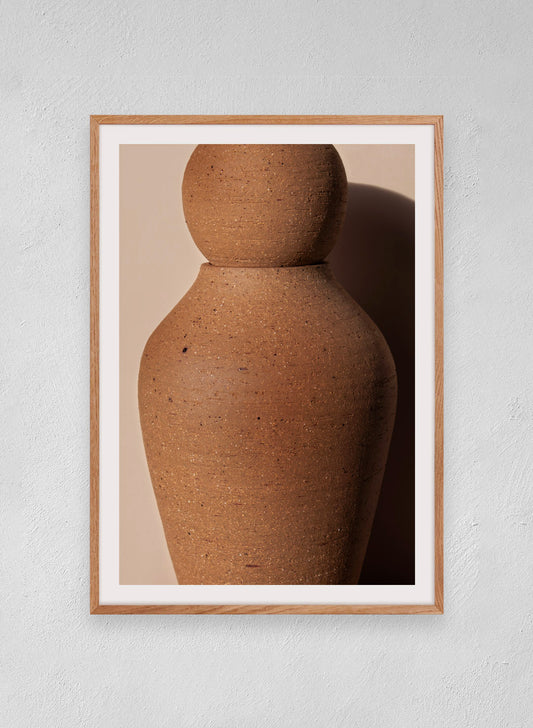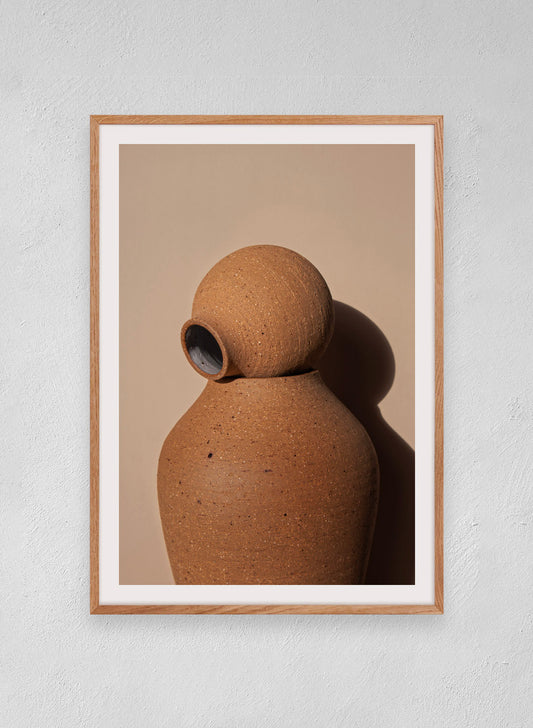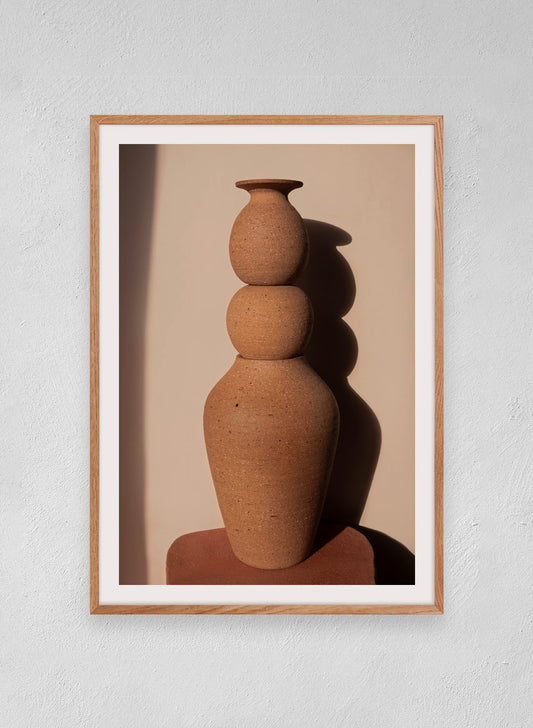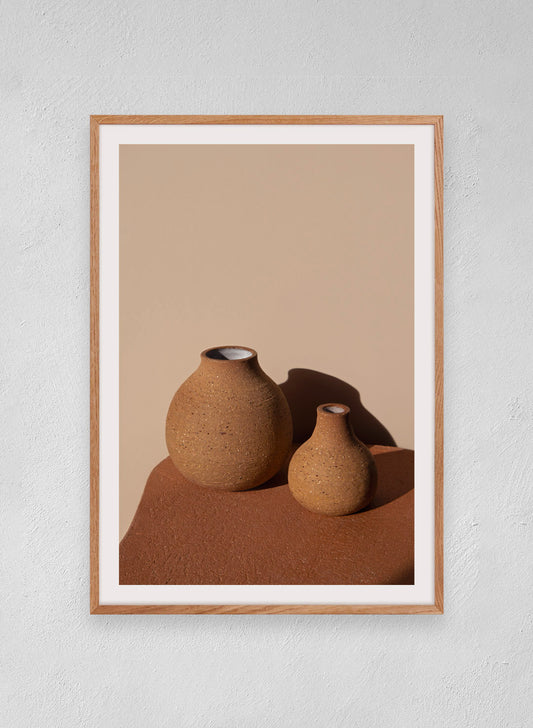
The Quiet Magic of Slip Casting
Share
As a ceramic artist, there’s a quiet kind of magic that comes with the slip casting process. It’s not the kind of art that happens in an instant, or even in a single afternoon. It’s a slow, deliberate dance — a series of steps that require patience, focus, and a deep respect for the materials you're working with.
It all begins with clay — that beautiful, earthy substance that feels like an extension of my own hands. I shape the piece, gently molding it, carving it, feeling it take form beneath my fingers. It’s a piece of me, of my thoughts, of my vision. Once it’s finished and at the leather-hard stage, I’m ready to move on, knowing that this single clay form will somehow multiply into many.
I start by creating the first plaster mould. It’s a slightly strange feeling — covering my clay creation with a soft, creamy mixture, carefully ensuring every curve and detail is captured. I watch as the plaster slowly hardens, encasing the clay like a protective shell. There’s something comforting in that process, as if the mould is a quiet promise that the piece will live on, even after it’s gone.
Then comes the next phase: the silicone. I fill the plaster mould in flexible silicone, creating a new, more malleable version of my piece that will allow me to cast it over and over again. The silicone master mould feels like a secret — a hidden key to endless possibilities. Once I've replicated the plaster moulds using the silicone master, I wait. The plaster moulds I’ve created need time to dry, to reach that perfect state of readiness. Two to three weeks, sometimes longer. This time it took a good three weeks of waiting. Three weeks of trusting that the process, in all its slowness, is exactly what’s needed.
During those weeks, I found myself reflecting. There’s something meditative in the waiting. There’s a beauty in the slowness of creation, in allowing things to dry, to settle, to transform. It’s in those quiet moments, I remember why I do this — why I pour so much time and energy into each piece. I lean into pure intuitive flow state.
And then, finally, the moulds are ready. The slip is mixed and poured into each mould. The piece begins to emerge once again, this time from the embrace of plaster as it draws moisture where it connects with clay. Each cast is a whisper of the original — its spirit replicated, its form recreated. It’s as though the piece has been reborn, ready to be fired, glazed, and cherished once more.
Slip casting is a process that stretches time and makes you lean into it. It’s a reminder that good things — true things — take time. It’s in the careful crafting of every step, the waiting, and the patience that I find are at the heart of my work. And when the final pieces are done, I look at them and know they’re not just mine anymore. They’ve been passed through time, moulded, cast, and reborn, ready to find their place in the world.










